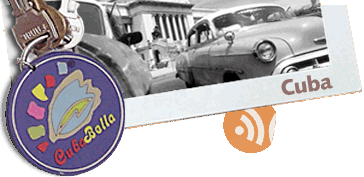Havana City History
In 1512, after two previous settlements, the town of San Cristóbal de La Habana was finally established by Carenas port and thus, in 1519, was officially founded in a place where, according to testimonies of the time, a great silk-cotton tree stood and where the first Cabildo (chapter) of the City of Havana was celebrated. Nowadays, the Templete and a monument, built in 1827 to recall the historical day, and a new silk-cotton tree are part of the celebration that takes place there every year on November 16th.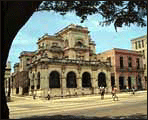
Forty years later the city was declared capital of Cuba. Continuous raids to the coasts of Cuba by pirates and privateers obliged Spain to establish a fleet system by which the ships coming from other ports in the Americas gathered at Havana to sail safely escorted to Spain with their precious gold and silver cargo. 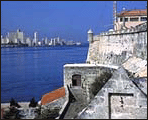 Havana’s port benefited from the arrival of the fleet and commerce increasingly flourished.
Havana’s port benefited from the arrival of the fleet and commerce increasingly flourished.
During the 18th century, an important event took place. In 1762, despite the fortified defense system that protected the city, Havana was taken over by the English, who exchanged it for Florida 11 months later.
At the beginning of the 19th century, an attempt for independence, know as Bolivar´s Suns and Rays Conspiracy, took place. Along the war of independence numerous revolts and other acts showed the people’s reject to the Spanish crown. Havana, geographically distant from the scenarios of the Ten-Year War, paid a high price, like the rest of the country, along the national liberation fight.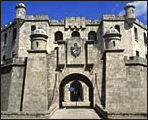 The execution of 8 innocent medicine students in 1781 clearly exposes the violence of colonial repression. That would be a constant feature from the days of the Small War to the rising on February 24th, 1895.
The execution of 8 innocent medicine students in 1781 clearly exposes the violence of colonial repression. That would be a constant feature from the days of the Small War to the rising on February 24th, 1895.
During the first decades of the neocolonial republic, the development of communist and labor forces would crystallize in Havana, where the First Marxist-Leninist Party was founded in 1925. The development of the labor forces was paralleled by a vigorous democratic and anti-imperialist movement that grouped the revolutionary intellectuals.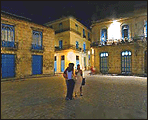
A few decades of struggle against corrupt governments were necessary for the people to find the way towards a real independence. Guerrilla war in the mountains and covert actions in the cities led to the triumph of the revolution in January 1st, 1959.
Being the capital of the Republic of Cuba, Havana City concentrates the top functions of the state apparatus.

